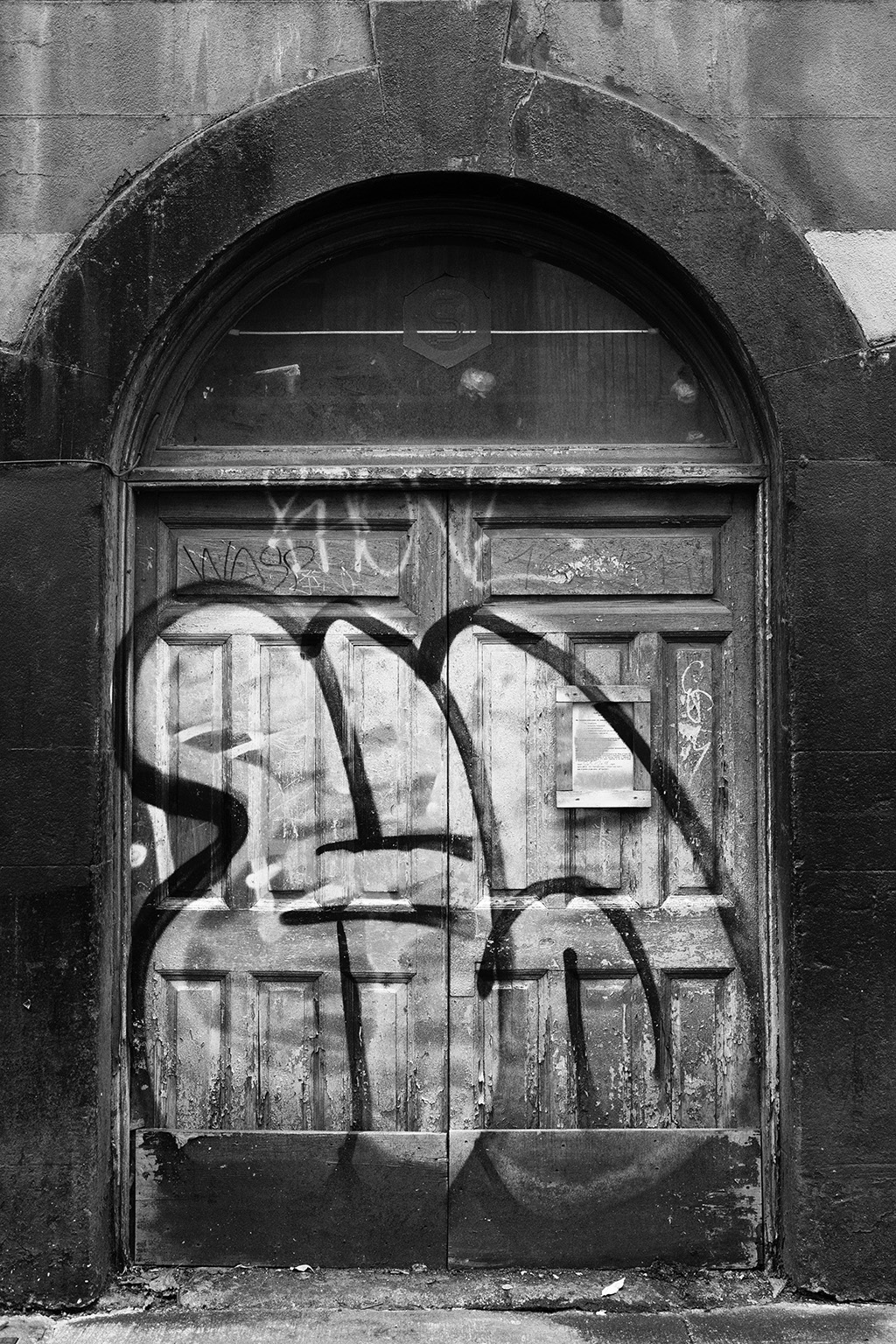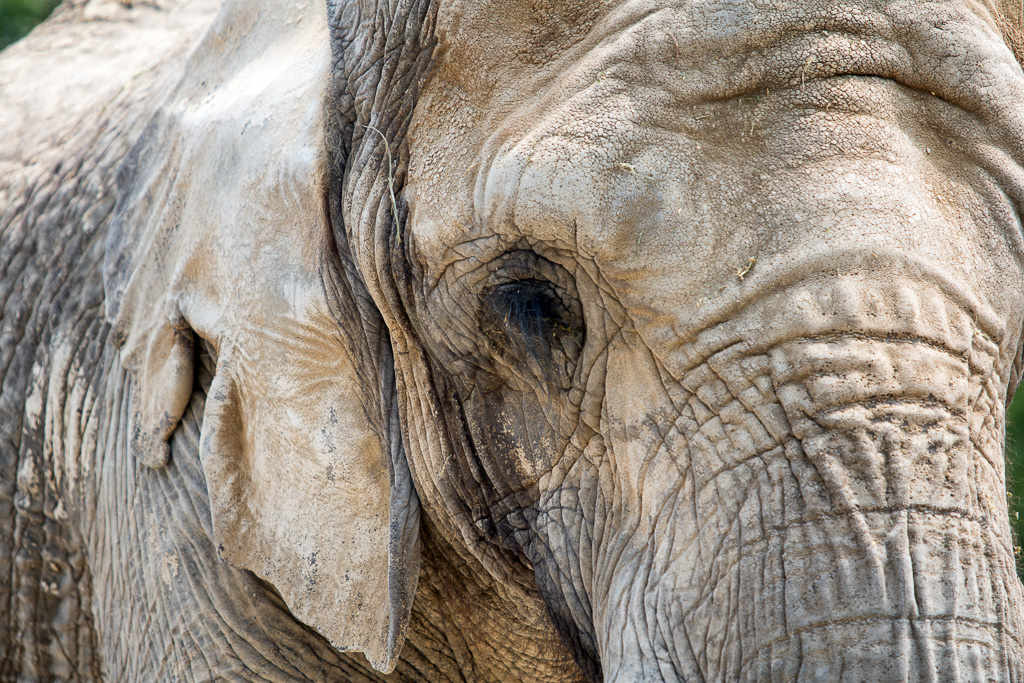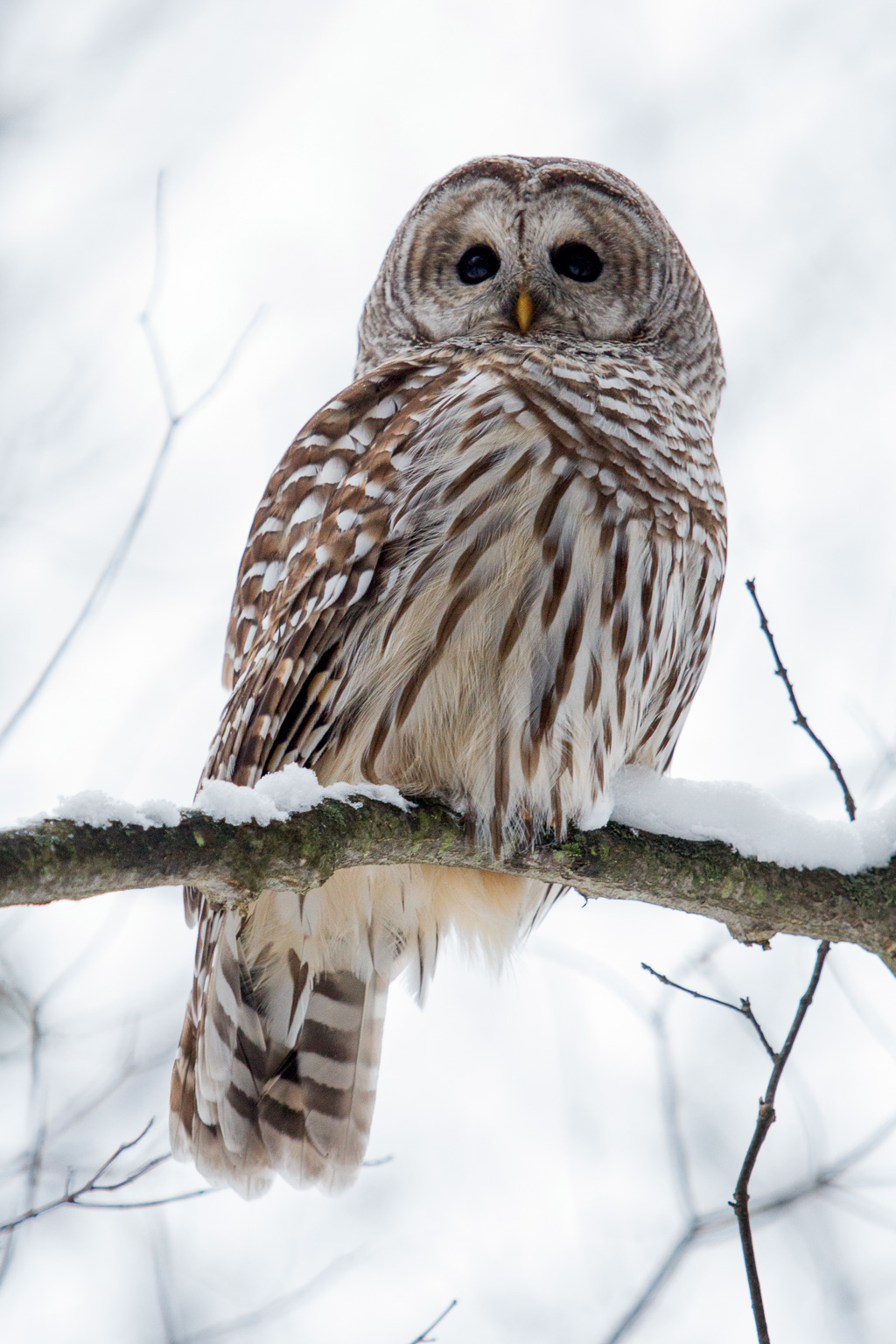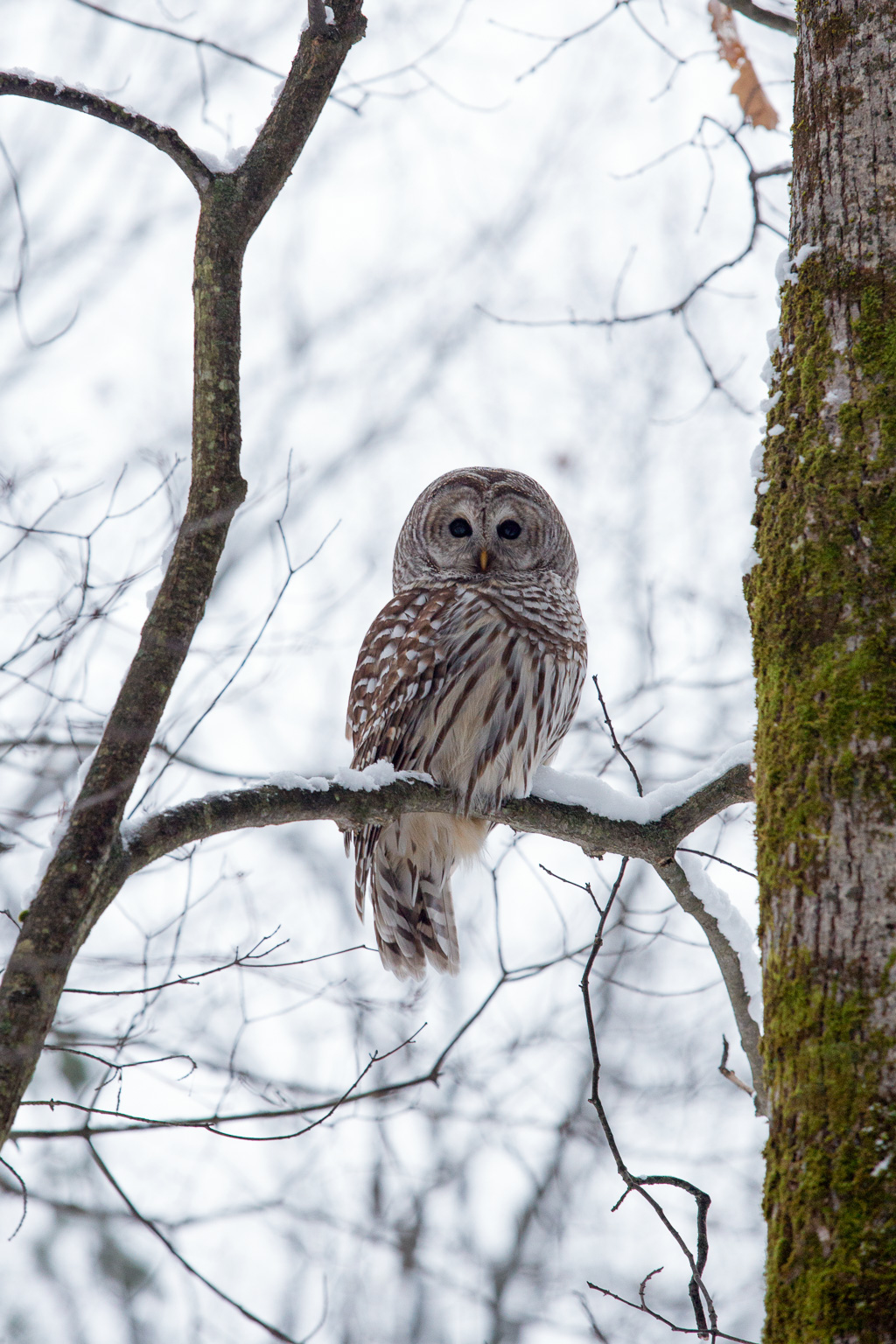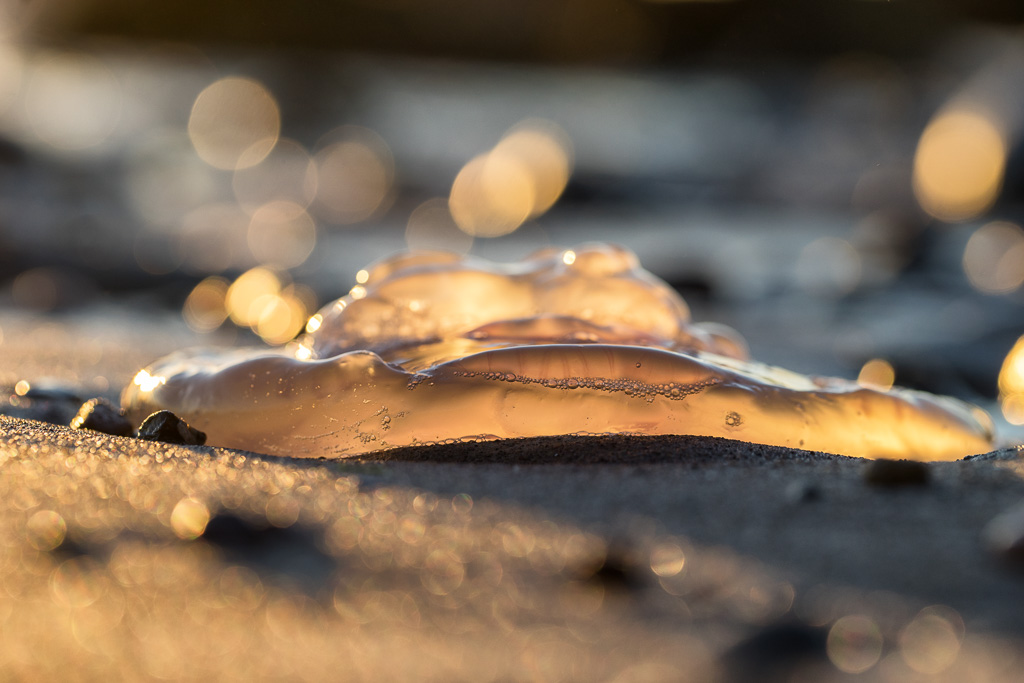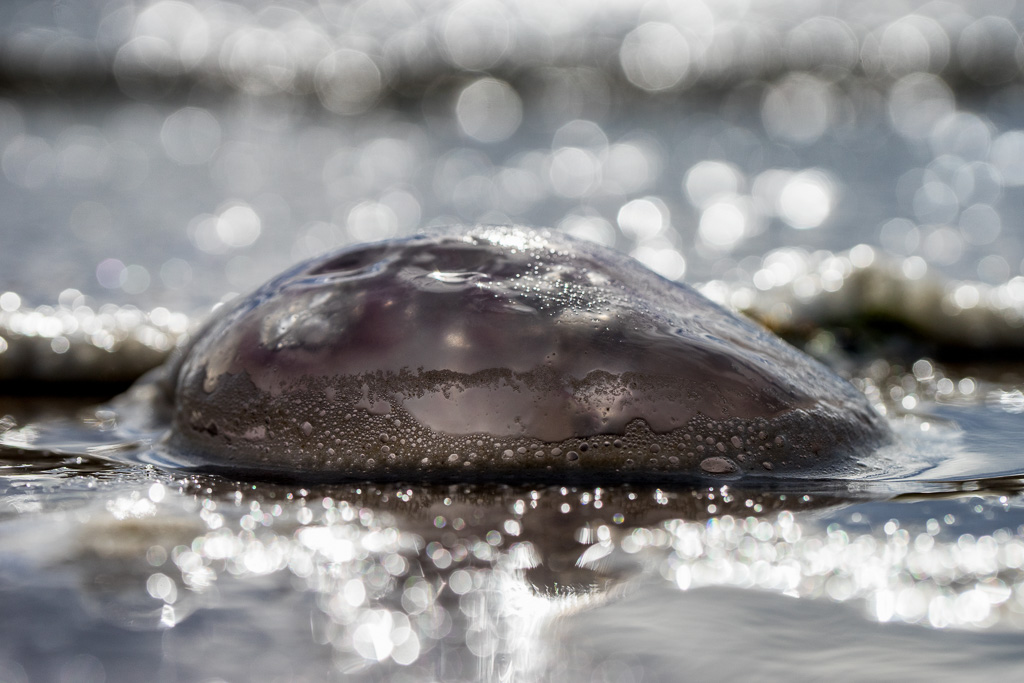When colour film became commercially feasible, it didn’t exactly sweep the photography world off its feet. Part of the reason may have been the cost. Colour film might be commercially feasible, but black and white film was still cheaper. However, when digital photography put an end to the price differential, black and white still retained its appeal.
While there are probably many reasons why people continue to shoot in black and white or to convert their colour images, one possible explanation is that some people dream in black and white. A monochrome palette feels natural to them.
A cursory search with Google suggests there is no definitive answer as to why some people dream in black and white and others dream in colour. For example, this Penn State course blog cites two principal reasons for black and white dreaming: 1) some people just don’t dream that vividly and so recall their dreams as black and white, or 2) people lose the ability to dream in colour as they age. However, a post on Psychreg suggests that most black and white dreamers were exposed to black and white media (and therefore tend to be older because they grew up in the days of black and white TV).
Personally, I recall my dreams in colour, although I do confess that the colours tend to be muted if visual concerns are incidental to the dream. For example, if the dream concerns a conversation or an argument, colour doesn’t really matter and so I don’t remember it. To that end, I share my two most recent dreams, both of which involved conversations.
Dream 1: Maya Ang;1ou
I dreamt of Maya Angelou. Instead of being dead, she was running for governor. I had volunteered to help her out. She needed technical advice on how to keep the haters from inundating her email account and flooding her social media with hate-bots. My big contribution, apart from telling her to use proton mail, was to suggest she use a special spelling of her name and distribute it only to her closest most trusted friends. So we came up with Maya Ang;1ou. I can think of no reason on earth why, at this particular moment, it should occur to me to dream about Maya Ang;1ou.
Dream 2: Bloomsday
Honest to god, on June 16th I dreamt it was Bloomsday. I was riding my bicycle through the streets of Dublin when I came upon a dingy row house with an old tin plaque beside the front door. The plaque commemorated the deeds of the fictional Leopold Bloom: “On this day in 1904, a fictional character in a James Joyce novel did take a shit on this site.” Or words to that effect. I had arrived with a paring knife in hand and meant to pry the plaque from the wall so I could take it home as a souvenir. However, before I could start, a woman opened the door and gave me proper hell in tones only the Irish know how to produce. I looked at her, sheepish, and when she saw that I was harmless, only drunk on Bulmer’s Cider, she softened her tone and, looking from side to side, said she didn’t think it would do any harm for me to steal the sign, and what did she care since it wasn’t her as put it there in the first place.
